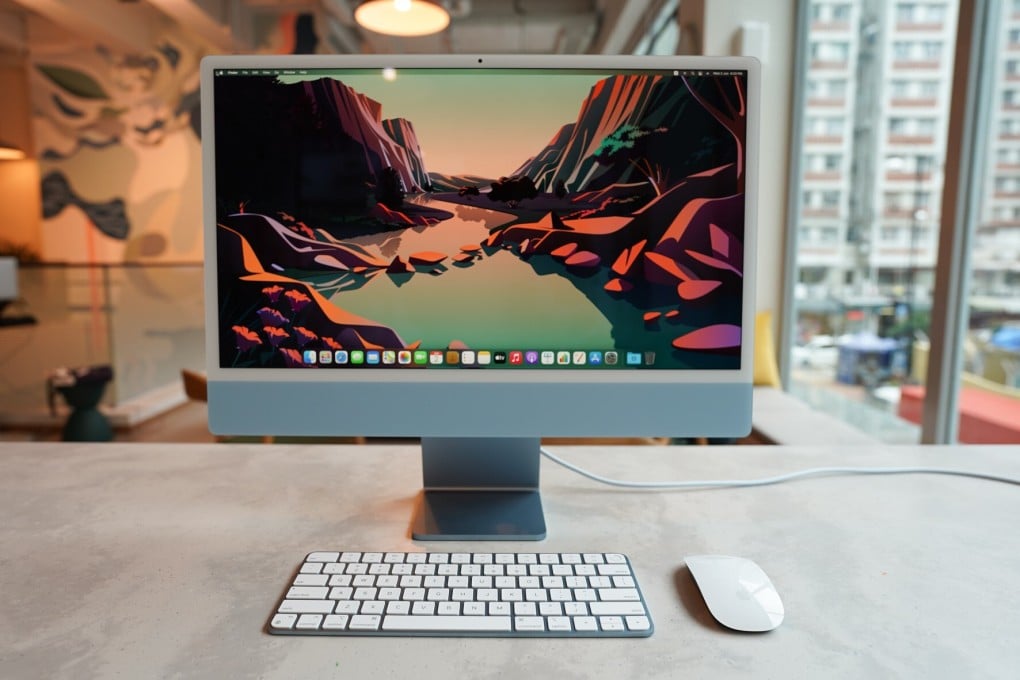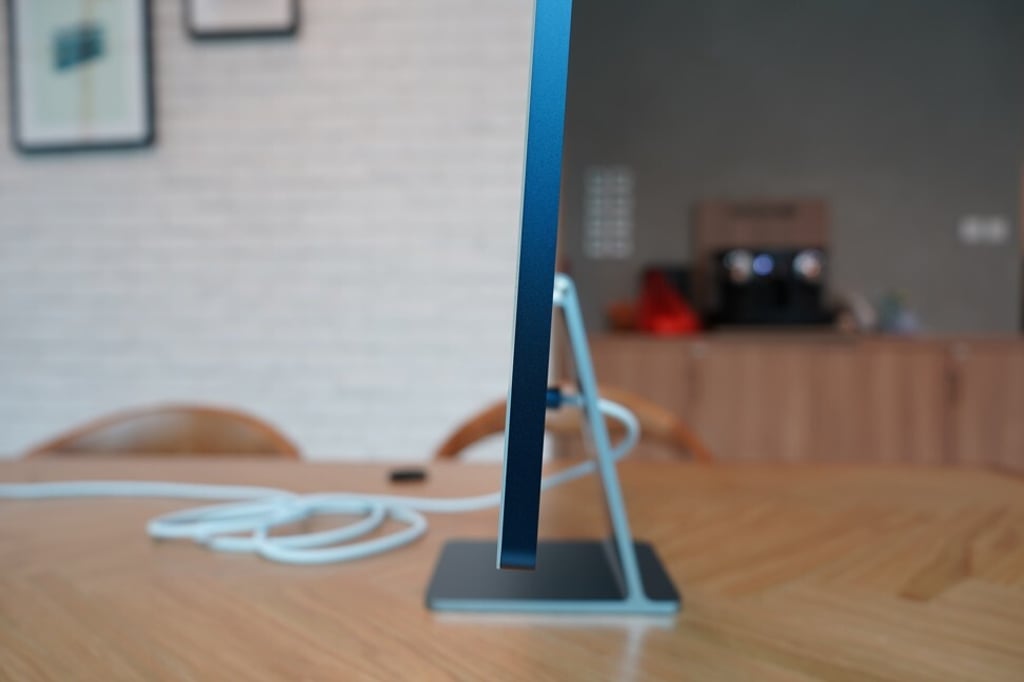Review | Apple iMac 2021 review: M1 chip is super fast, 11.5mm width impressive, but its strict consumer desktop specs need a rethink
- The new iMac is the first major design overhaul for the line in well over a decade and its revolutionary M1 chip does not disappoint
- However, the chip is less impressive here than on the MacBook Air or iPad Pro, and many potential users might be better off buying an Apple laptop

Steve Jobs once famously split Apple’s computing categories into four quadrants: desktop and portable machines, with each split into “Pro” or “Consumer” segments. While Apple’s products like the iPad and MacBook Air have increasingly blurred those lines in recent years, the company’s standard iMac series (with no “Pro” moniker attached) has always sat cleanly in the consumer desktop box, aimed squarely at casual users.
This new model, despite a sleeker design, new coat of paint and that industry-shaking M1 chip, is no different. The big question for me is: in 2021, does it still make sense for a product to stay so cleanly inside one of Jobs’ four quadrants?
Design and hardware
The 2021 iMac is the first major design overhaul for the iconic iMac in well over a decade. It’s still an all-in-one machine as before – meaning all the computing parts are inside the same body as the display – but it’s thinner (11.5mm) and lighter (4.45kg), with slimmer bezels.

That 11.5mm number in particular is impressive, considering both that the depth is uniform throughout the entire machine and there’s powerful hardware inside: a crisp 1080p webcam, excellent speakers and that critically acclaimed Apple silicon known as M1.
Apple gave the machines new pastel colours too, including red, blue and pink. These are always paired with white for a two-tone finish; included accessories such as charging cables, mouse and trackpad all carry the same colours.
